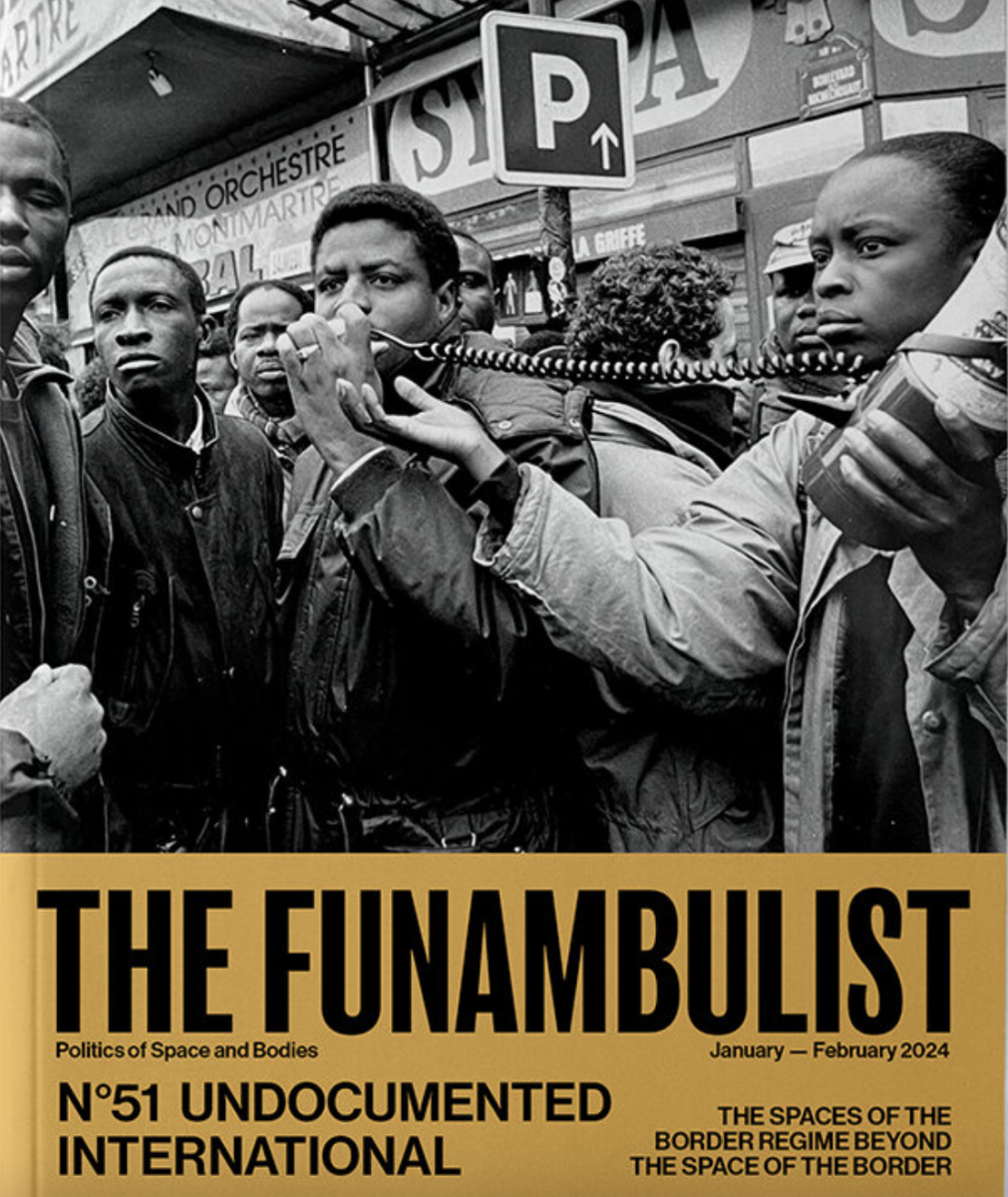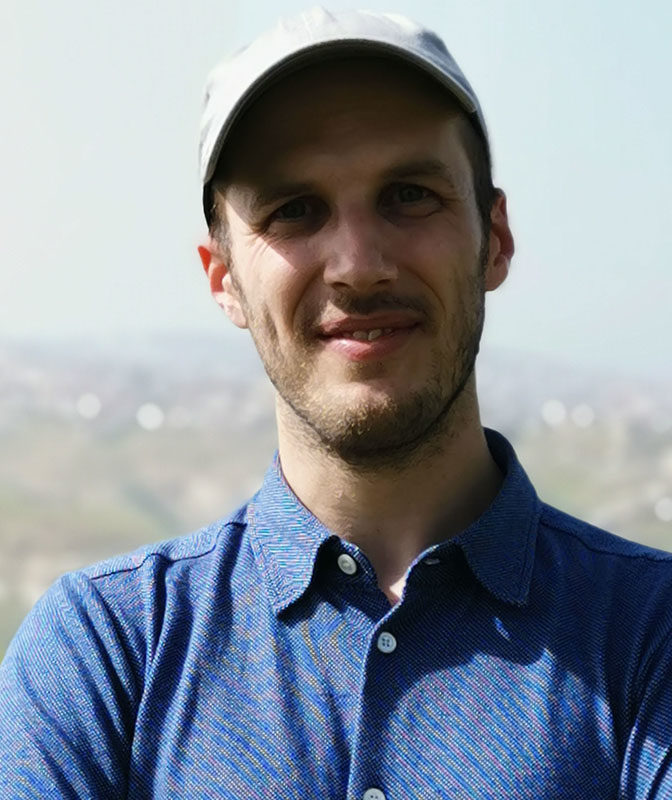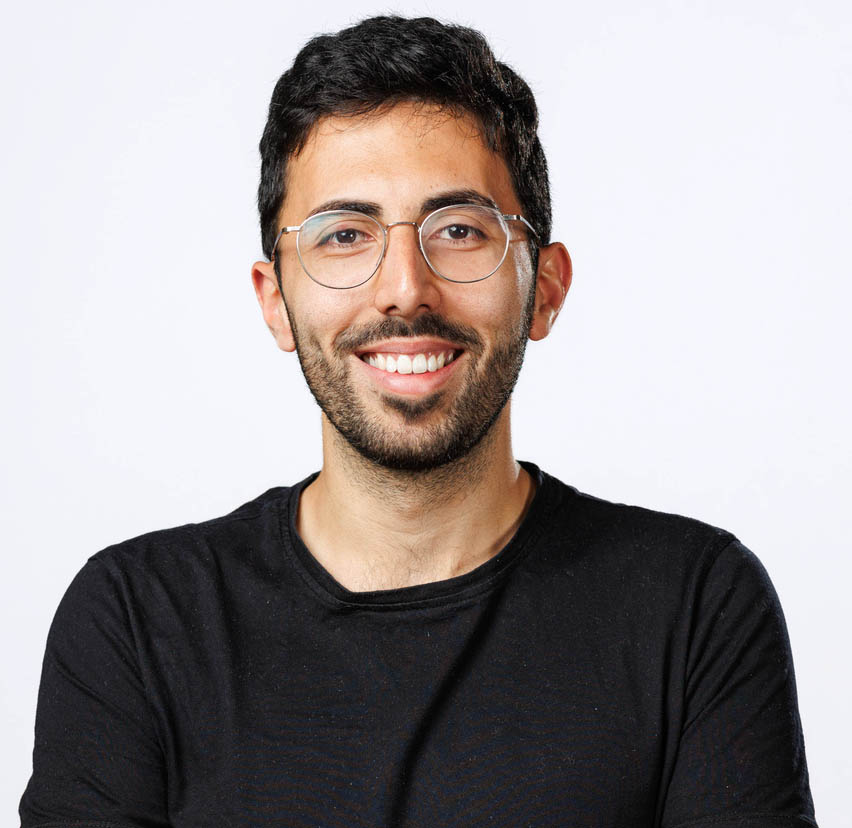In this blog piece, Hazar Deniz Eker, a PhD student at the Vrije Universiteit Brussel, interviews Léopold Lambert, a trained architect and editor-in-chief of the Funambulist Magazine. The interview focuses on how multimodal research can contribute to academic, journalistic, and artistic fields by exposing the politicization of space and bodies in migration studies. In addition, Léopold Lambert remarks how his experience as an editor and curator helped him to create hybrid dissemination strategies for migration research that retain its academic nature while communicating in an engaging visual medium. The recorded interview will be available in the September Migration Podcast episode. Let's start!
How has the magazine’s focus developed over time?
I feel that for a while, my efforts were more to bring politics to architecture. At some point, it shifted to the inverse movement, so to speak. Bring maybe not so much architecture but a sort of spatial sensitivity into politics. I very much enjoy being in a broader dialogue with people who have very different backgrounds, whether academic or non-academic.
Could you elaborate on the term space for you?
My definition of architecture is the discipline that organizes bodies in space, which has profound political repercussions. This definition does not necessarily mean that all architecture has an explicit agenda, but I think none of this should be taken lightly or considered apolitical.
I wanted to ask you a bit more about the method that goes into the magazine. You have written about how activism often misses the inclusion of people who are, for example, undocumented or indigenous. So, how do you ensure that these perspectives are represented in your work?
I like how you put the word 'indigenous' very close to the word undocumented because we tend to have a sort of romanticized figure of the indigenous person as the opposite of the migrant. As if those two figures cancel each other out. Actually, many undocumented people and many people who undertake paths of migration, for whatever reasons, are themselves indigenous to sometimes the continent on which they're migrating, and then sometimes quite bring with them like this sort of indigenous cosmology.
Second, it’s always strange for me to explain this because it happens much more organically than this ‘very well thought’ method. Perhaps one of the ways I've been using to explain this kind of thing is to say that many academic settings value someone who is external to a particular topic, who is unconcerned by the topic, is going to be perceived by some academic model as having a higher level of objectivity of the topic and therefore bring more value to this topic.
The magazine operates in the exact opposite framework. We think that when people are deeply connected with a particular topic, they will produce knowledge in a way that is more valuable in our own scale of value. So we end up having many contributors who allow us to reflect on how their political experience relates to a much broader collective one. Again, every time I talk about this, I feel a little bit strange because it just happens this way. It just makes sense at an intuitive level.

In your experience disseminating this magazine and its stories, how does that process differ from an academic approach to these topics for you?
It’s important to know what your top priority is with a publication. In the case of the Funambulist, it's not really about contributing always having more quality in knowledge production. Still, the number one priority is to be useful for the political struggles we're describing and with which we are in solidarity. We are very much an intellectual publication, although we work hard for academic discourse to be simply made clear, without too many quotes or this kind of self-referential thing in the academic world. It is an intellectual publication in a broader understanding of political struggles, needing many kinds of skills and specialities. Intellectuals are just bringing a small amount of knowledge within those skills.
More about the method: how do you incorporate visual and other media into your production?
For example, I try to make one map for every issue. For instance, in the latest issue (51), we had a map based on a cartographic report of a trip I took in October 2023, driving in one of the parts of the US and a little bit of Mexico, where the settler colonial structures are the most visible. By highlighting this map, we can no longer understand this border wall as this naturalized boundary between two very legitimate territories but rather as a line that has been cutting since 1848.

And to go back to a little bit earlier, what we were talking about, it also shows how people who may cross that line and who might be deemed undocumented in the northern part of this line sometimes come from that land that's been cut into two. Visualizations like these make this figure of the undocumented person a much more, at least in the context of my work, complex figure than the one that we usually make it to be in a very US centric kind of reading of those politics.
There's also a strong presence of art, I suppose, in the magazine, in particular on the cover. We try to commission artwork for the cover or sometimes use one already existing. This is very important to me because the magazine is very text-heavy, even though there are many illustrations. We can use other media to articulate an argument and mobilize artistic sensitivity. We also publish poetry.
How do you manage to communicate between different disciplines in its production?
The magazine has existed long enough to construct its own audience and also perhaps be rejected by others, which allows us sometimes to pose questions that are not that easy to answer among ourselves, such as issue 46, titled “Questioning our Solidarities” where we featured authors that reflected on the dominance of their political struggle’s discourse in the media. We can only have those questions if we trust our readers and think that we all operate under a large mass that shares a certain amount of political axioms. Even though we might have some disagreements on various things, those disagreements are not deal breakers on us being together. Then, that's an us, but who that us is, is not really important to me, whether people are in academia, outside of academia, political organizers or not, architects or not.
 |
 |
|
Léopold Lambert is the editor-in-chief of The Funambulist. He is a trained architect and the author of four books examining architecture's inherent violence on bodies and its political instrumentalization at various scales and geographical contexts. He is the author of Weaponized Architecture: The Impossibility of Innocence (dpr-barcelona, 2012), Topie Impitoyable: The Corporeal Politics of the Cloth, the Wall, and the Street (punctum, 2016), La politique du Bulldozer: La ruine palestinienne comme project israélien (B2, 2016) and States of Emergency: A Spatial History of the French Colonial Continuum (Premiers Matins de Novembre, 2021). |
Hazar Deniz is the co-leading editor for European affairs at the European Correspondent. After receiving a BA in International Relations and Media Studies at the University College Maastricht, he obtained an MSc in Communication Sciences at the Vrije Universiteit Brussel (VUB). He joined the Reel Borders project as a PhD candidate. His research interests are diaspora studies, security studies and visual methodologies. |
